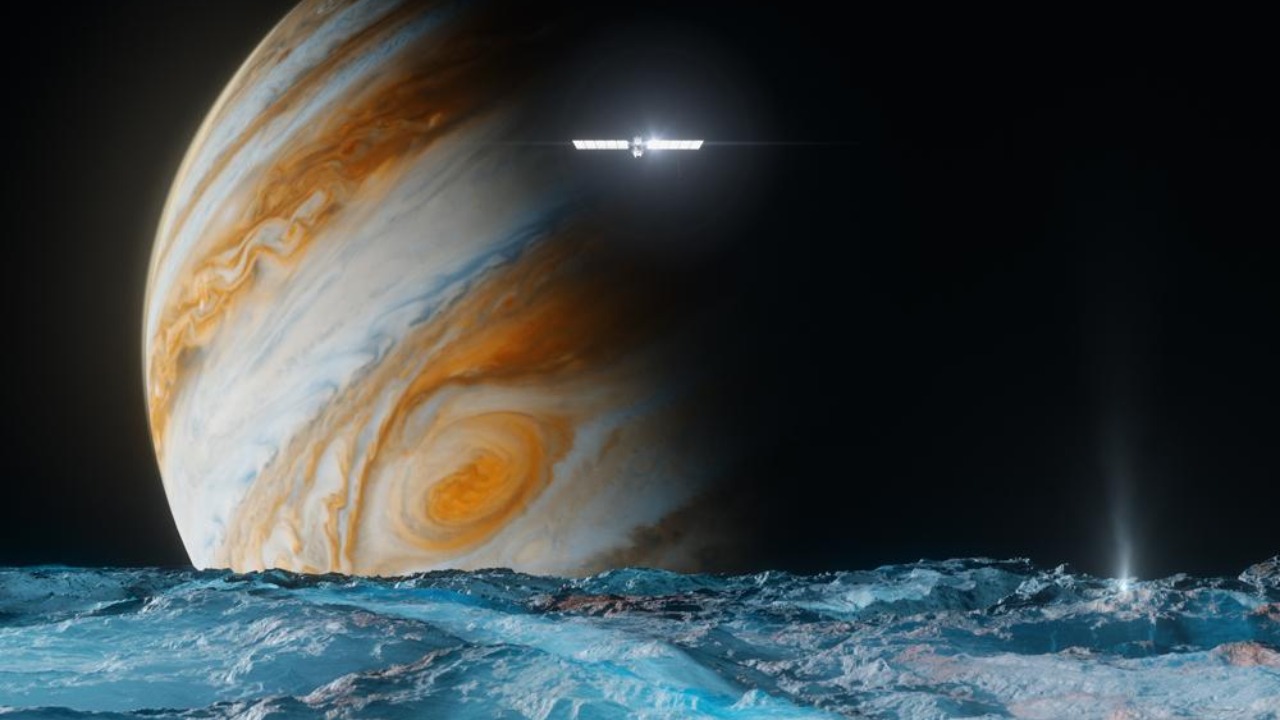
Europa, one of Jupiter’s moons, has been the focus of intense scientific study due to its intriguing icy surface. The moon’s ice cracks are not mere geological features; they are vital clues hinting at the presence of subsurface oceans. Understanding these cracks can unlock secrets about the potential habitability of celestial bodies beyond Earth.
The Significance of Europa’s Ice Cracks
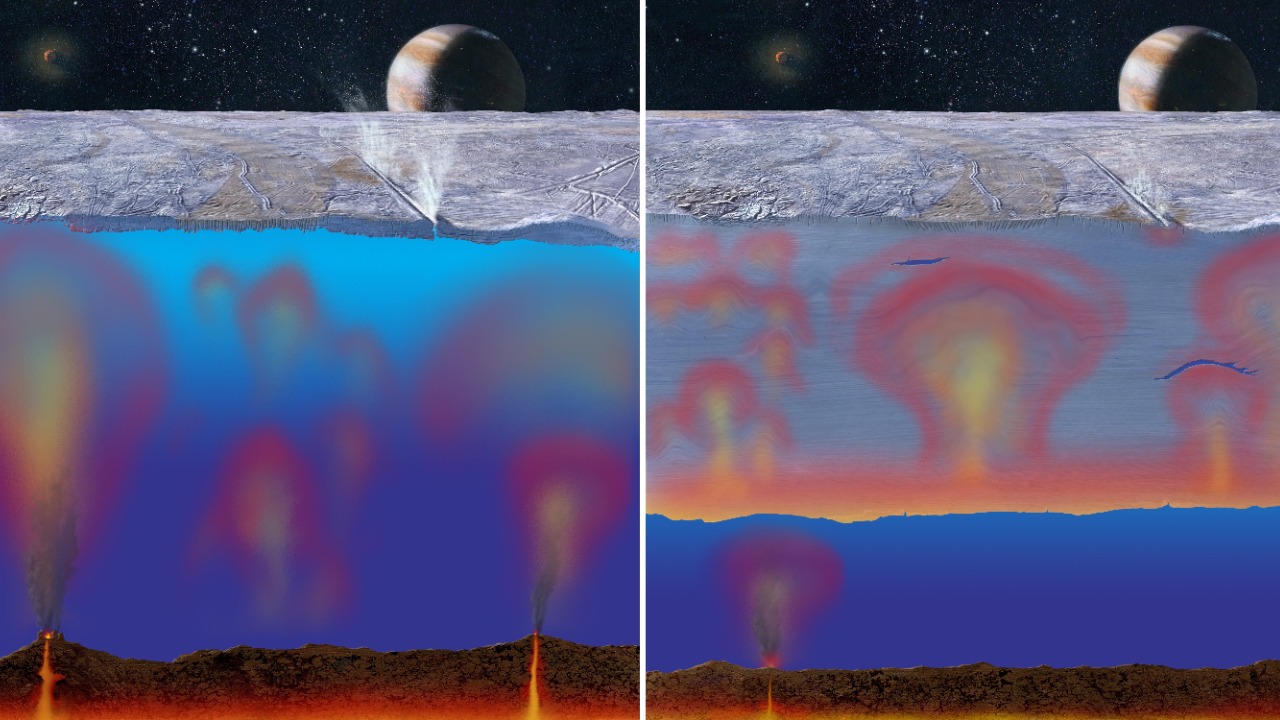
Europa’s ice cracks serve as geological indicators of the dynamic processes occurring beneath its surface. The patterns and formations of these cracks suggest that Europa’s icy crust is not static but rather in constant motion. These formations, characterized by long, linear fractures and chaotic terrains, are believed to be caused by the shifting and stretching of the ice due to underlying forces. Such geological activity can provide critical insights into the internal structure and dynamics of the moon.
One of the primary forces responsible for the cracking and shifting of Europa’s ice is the gravitational pull of Jupiter. The immense gravity of the gas giant exerts significant tidal forces on Europa, generating stress and movement within its icy crust. This tidal flexing creates frictional heat, which may contribute to the warming of subsurface oceans, potentially keeping them in a liquid state. Understanding these dynamics is crucial for assessing whether Europa can support life, as the presence of liquid water is a key factor in the search for habitable environments beyond Earth.
Evidence of Subsurface Oceans
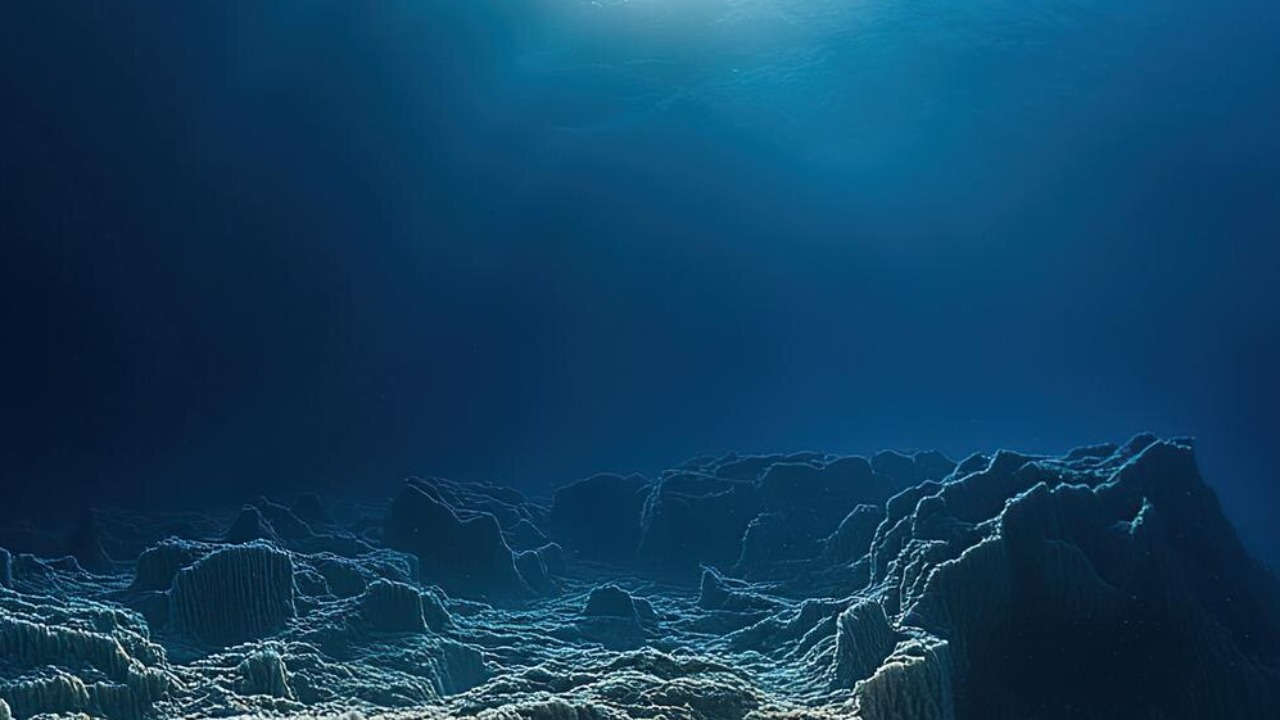
The chemical composition of Europa’s ice provides compelling evidence for the existence of subsurface oceans. Scientists have discovered that the surface ice contains salts and other chemicals that are believed to have originated from the ocean below. This suggests that there is a continuous exchange between the ocean and the surface, possibly through the cracks and fissures in the ice. Such chemical signatures are critical in understanding the properties of the water beneath and assessing its potential to support life.
Another intriguing aspect of Europa’s subsurface ocean is the possibility of hydrothermal activity at the ocean floor. On Earth, hydrothermal vents are rich in minerals and support diverse ecosystems, providing warmth and nutrients to sustain life. If similar vents exist on Europa, they could create environments where life might thrive, even in the absence of sunlight. Drawing parallels with Earth’s oceanic systems bolsters the case for oceans beneath Europa’s ice and enhances the moon’s potential as a habitat for life.
Technological Advances in Exploration
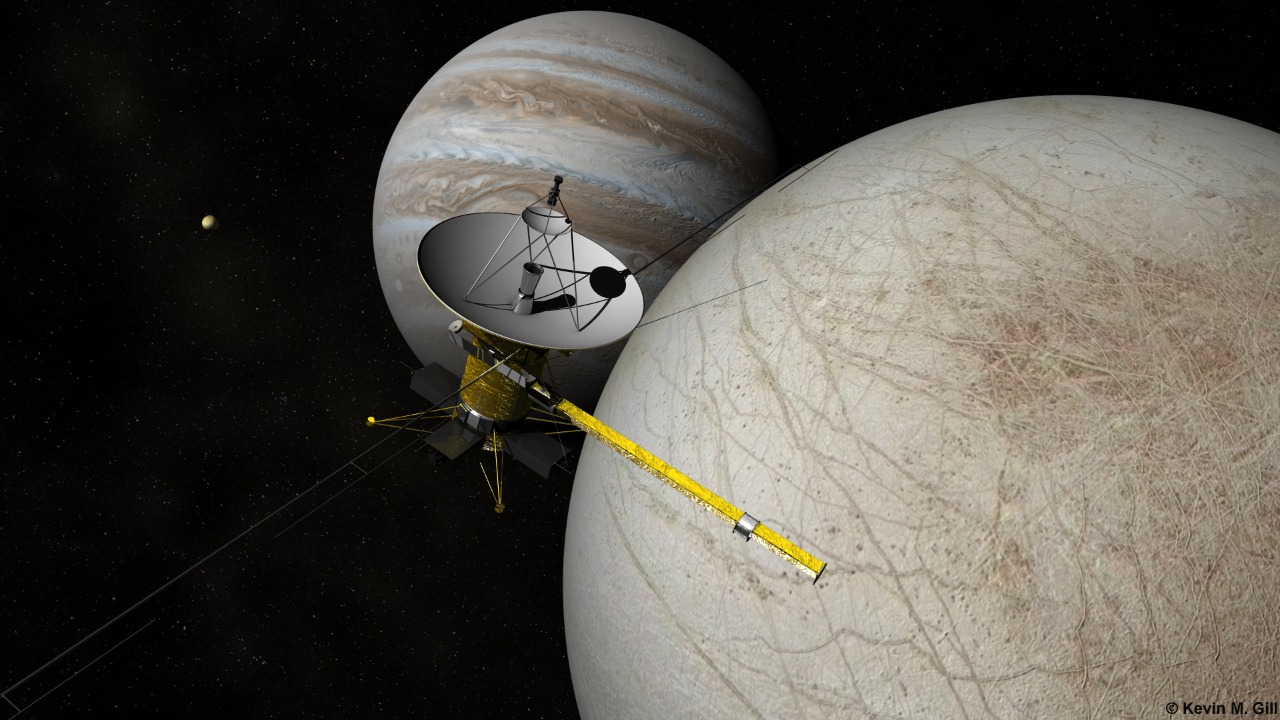
The upcoming Europa Clipper Mission by NASA aims to delve deeper into the mysteries of Europa’s icy surface. Scheduled for launch, this mission will carry a suite of scientific instruments designed to analyze the moon’s ice, atmosphere, and potential plumes. One of its primary objectives is to gather data on the ice cracks and assess their implications for the presence of subsurface oceans. The mission promises to provide unprecedented insights into Europa’s geology and its potential habitability.
In addition to space missions, remote sensing techniques have played a vital role in gathering data on Europa’s ice cracks. Telescopes and spacecraft equipped with advanced sensors have been able to capture detailed images and spectra of the moon’s surface. These observations have revealed a constantly changing landscape, as documented by the Webb Space Telescope, which hints at the dynamic nature of Europa’s icy shell and the active processes beneath.
Challenges and Future Prospects
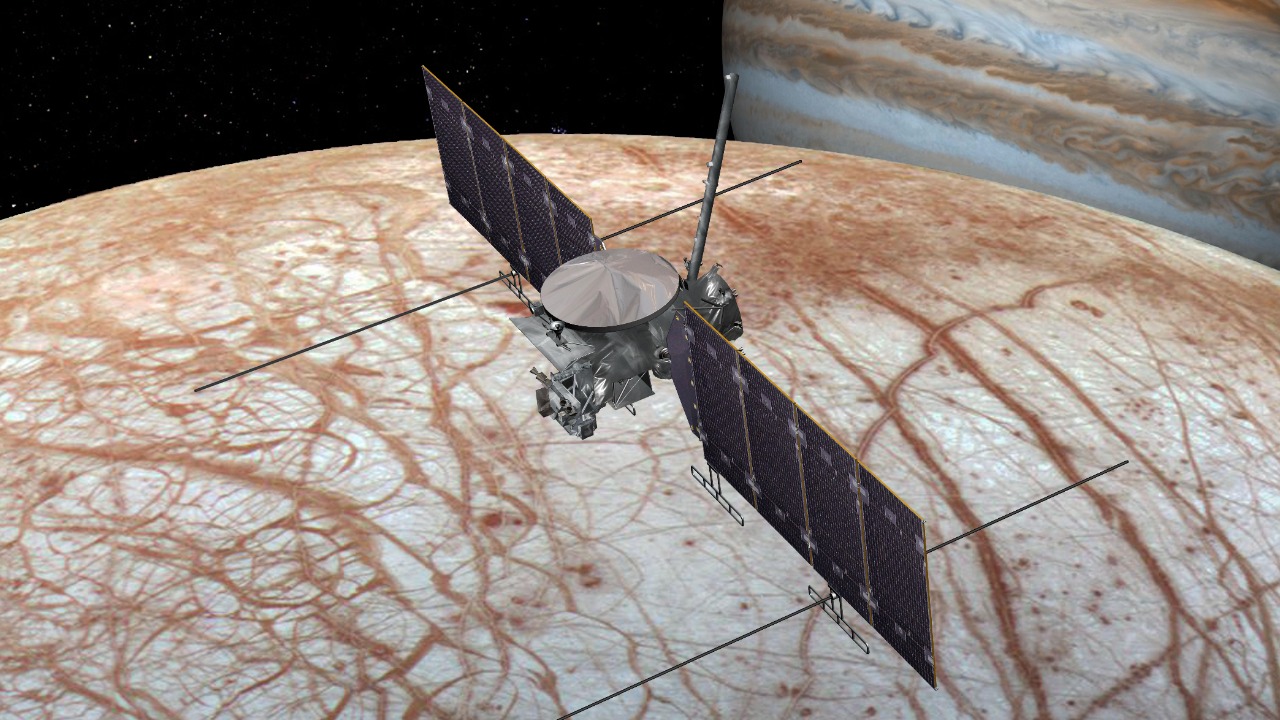
Exploring Europa’s harsh and distant environment presents significant technical and engineering obstacles. The extreme cold, high radiation levels, and vast distance from Earth make it a challenging destination for spacecraft. Engineers must design robust instruments capable of withstanding these conditions while maintaining precision in data collection. Despite these challenges, the scientific community is optimistic about the potential discoveries that await beneath Europa’s ice.
International collaboration is crucial in the quest to unlock Europa’s secrets. By pooling resources and expertise, space agencies and research institutions worldwide can work together to overcome the challenges of exploring this distant moon. Future missions and research directions may include robotic landers or submersibles capable of penetrating the ice and directly sampling the ocean below. These efforts will require innovative technologies and collaborative efforts to succeed.
The Broader Impact on Astrobiology
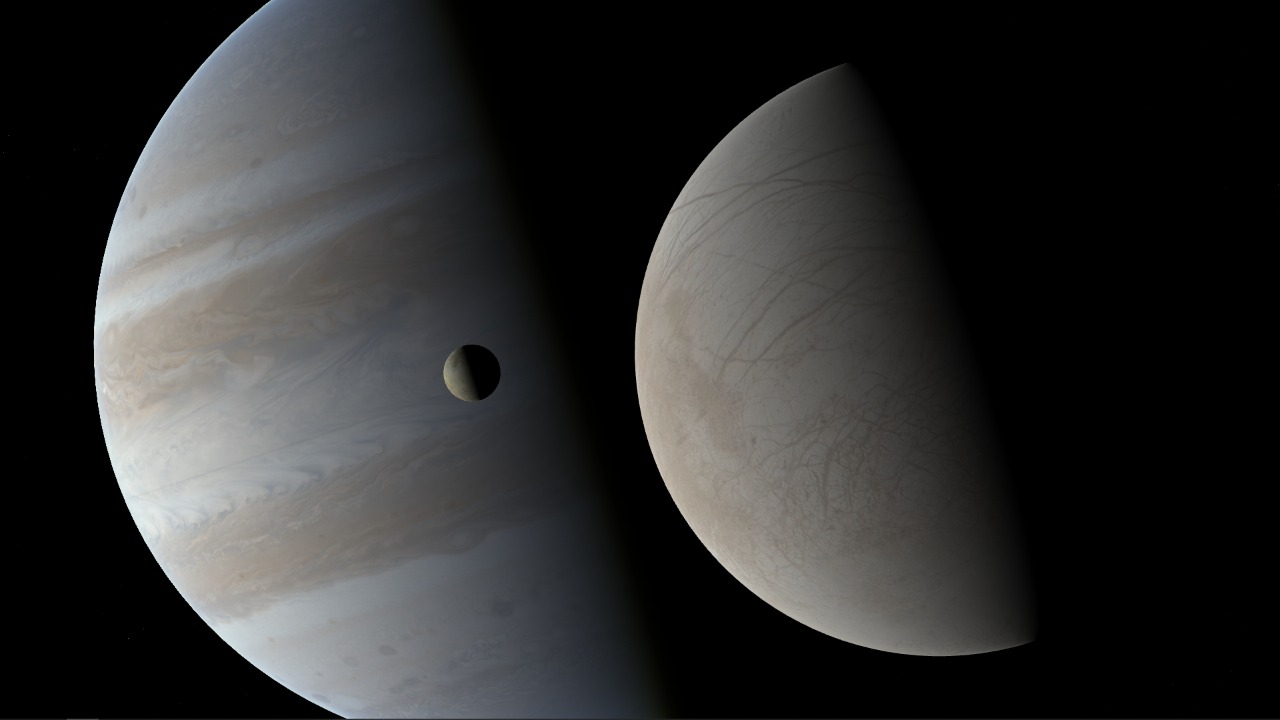
Discoveries on Europa have the potential to redefine the habitable zone in our solar system. Traditionally, habitable zones were defined by the distance from a star where liquid water could exist on a planet’s surface. However, the presence of liquid water beneath Europa’s ice challenges this notion, suggesting that life could exist in environments previously deemed inhospitable. This revelation has profound implications for the search for life beyond Earth.
Europa’s study also informs the search for life on other icy worlds, such as Saturn’s moon Enceladus. By understanding the processes that allow Europa to maintain subsurface oceans, scientists can apply this knowledge to other celestial bodies with similar characteristics. The potential discovery of life—or the conditions for life—on Europa would have profound philosophical and scientific impacts, altering our understanding of life’s existence and distribution in the universe.